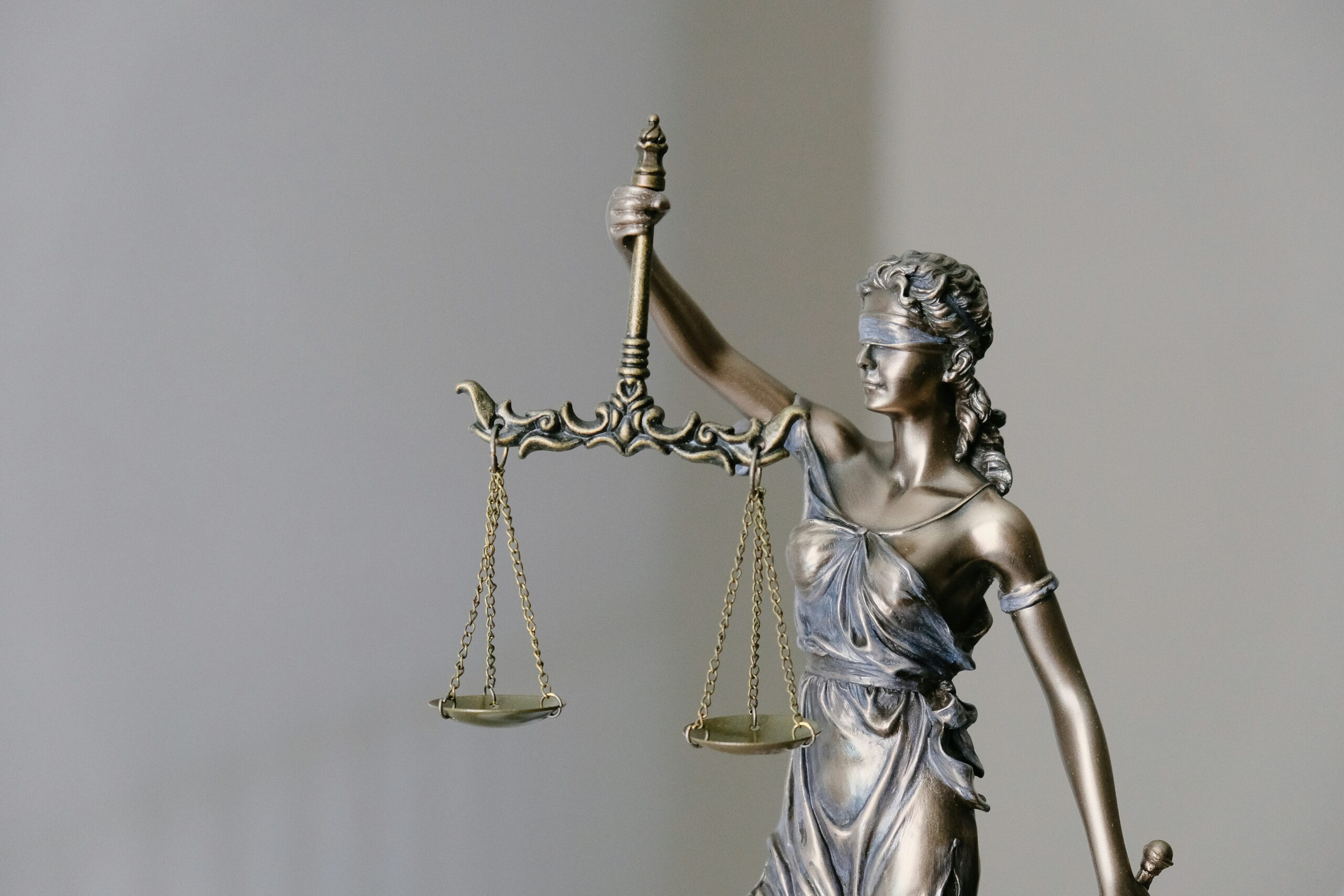
Personal injury claims can be daunting for those affected by another’s negligence or willful misconduct. This guide delves into the essential aspects of personal injury law, helping individuals understand their rights and the steps necessary to secure just compensation.
Fundamentals of Personal Injury Law
Personal injury law exists to redress individuals who have sustained injuries due to someone else’s negligence or intentional actions. These laws cover a range of incidents, including but not limited to automobile accidents, workplace injuries, defective product incidents, and medical malpractice. The aim is to compensate the injured party financially, covering everything from medical expenses to lost wages and pain and suffering.
The backbone of most personal injury cases is proving negligence. To establish a successful claim, the injured party, or plaintiff, must demonstrate that the defendant owed a duty of care, breached this duty through negligence, and directly caused the injury that resulted in compensable damages. This framework is central to nearly all personal injury cases and pivotal for the court’s liability assessment.
Critical Role of Duty of Care and Breach
Understanding the ‘duty of care’ concept is crucial in personal injury cases. This legal obligation requires individuals and organizations to adhere to reasonable care while performing any acts that could foreseeably harm others. For instance, a driver on the road must operate their vehicle with the care expected of a reasonably prudent driver under similar circumstances.
The next step is proving a breach of this duty. A breach occurs when the defendant fails to meet the expected standard of care. In legal terms, this is often the most contested part of a claim, as it requires showing that the defendant’s actions or lack of action deviated from what a reasonably prudent person would have done in similar circumstances. Effective presentation of evidence, including expert testimony, is often necessary to establish this breach.
Documentation and Evidence Gathering
The strength of a personal injury claim heavily depends on the available evidence. Documentation plays a critical role, from the immediate gathering of information at the scene of an accident to compiling detailed medical records that track the extent and impact of the injuries sustained. Photographic evidence, witness statements, and official reports like police or incident reports can all be pivotal.
Medical records are vital as they detail the injuries sustained and link them directly to the accident, thus establishing causation—a critical element in personal injury cases. This evidence must convincingly connect the dots between the defendant’s breach of duty and the injuries claimed by the plaintiff.
Dealing with Comparative and Contributory Negligence
The principles of comparative and contributory negligence are essential for plaintiffs to understand, as they can drastically affect the outcome of a claim. Comparative negligence recognizes that an injured party may have contributed to their injuries. In such cases, the compensation received is reduced by the plaintiff’s percentage of fault. For example, if a plaintiff is found to be 25% responsible for an accident, their damages will be reduced by 25%.
Contributory negligence, on the other hand, is less forgiving and still used in a few jurisdictions. Under this rule, if a plaintiff is found to have contributed to their injury in any way, they may be barred from recovering any damages. This strict approach makes it imperative for plaintiffs to present a clear and compelling argument that minimizes their liability.
The Settlement and Litigation Journey
Most personal injury cases are resolved through settlements rather than trials, which can be lengthy and costly. Settlements offer the advantage of getting compensation more quickly and with fewer legal fees. During settlement negotiations, both parties come together to agree on a fair amount of damages based on the evidence and circumstances of the case.
The case may proceed to litigation if a settlement cannot be reached. This begins with filing a lawsuit, followed by an exchange of evidence during the discovery phase and potentially a trial. Throughout this process, both parties prepare their arguments, gather further evidence, and, in the case of going to trial, present their case before a judge or jury. The litigation route requires meticulous preparation and a strong legal strategy to advocate for the plaintiff’s rights and desired outcomes effectively.
Navigating personal injury claims involves understanding key legal concepts and strategically gathering and presenting evidence. Whether through settlement negotiations or courtroom proceedings, knowing the basics of personal injury law empowers individuals to advocate effectively for their rights and obtain the compensation they deserve for their injuries and losses.